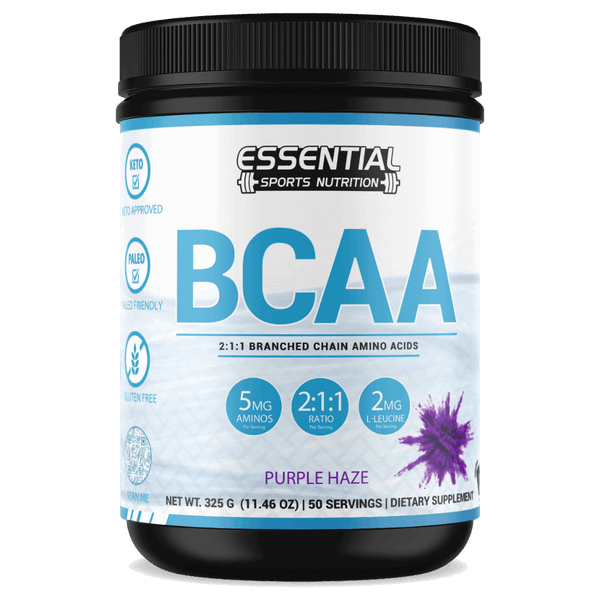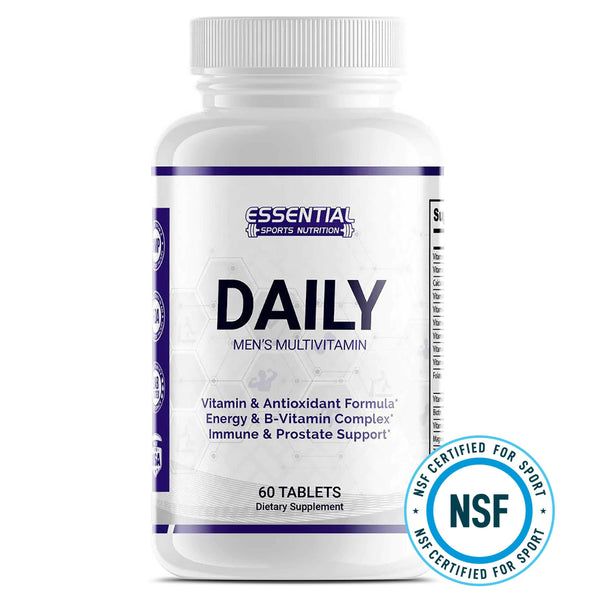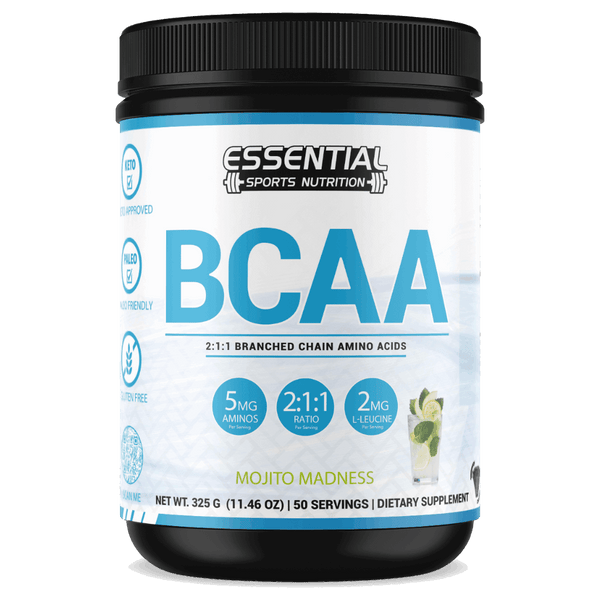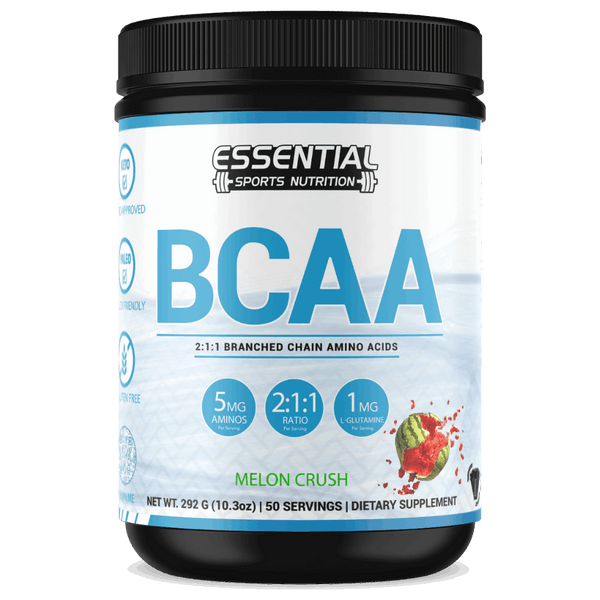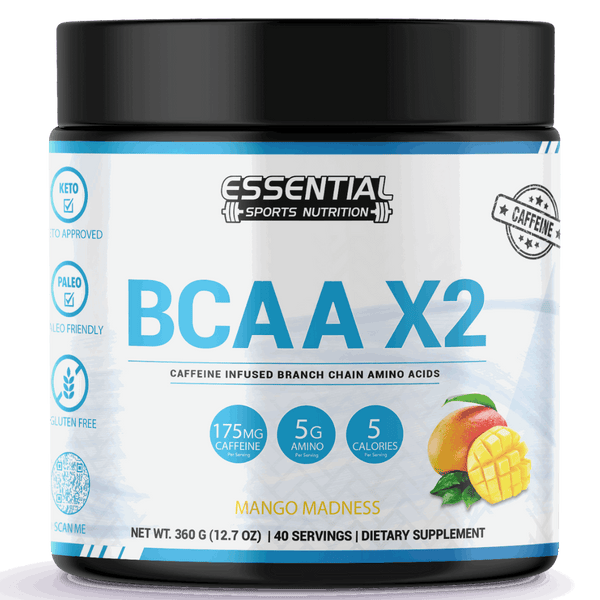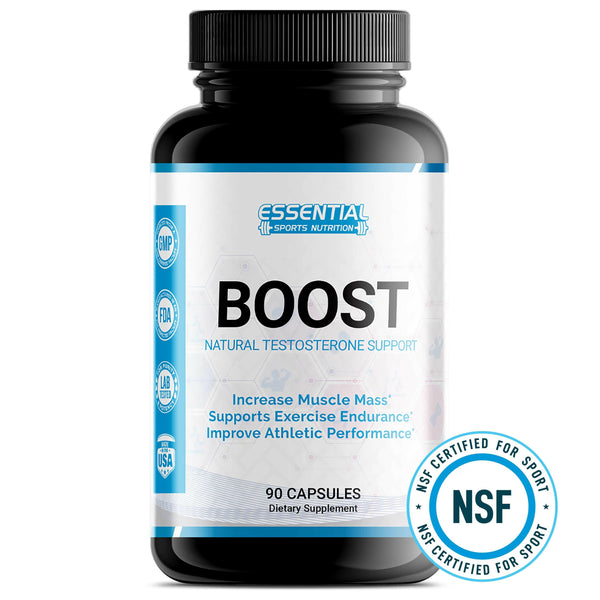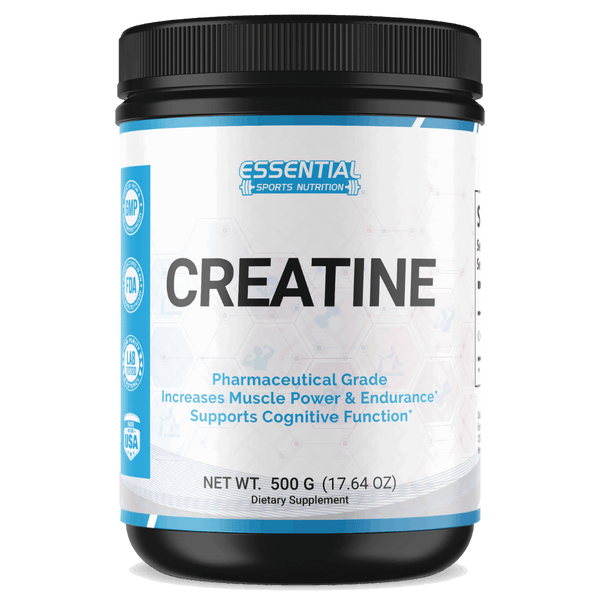Dumbbell Cardio Workout for Weight Training: Burn Fat and Build Muscle
Integrating cardio with weights boosts your calorie burn, muscle growth, and metabolism. Start with dynamic stretching and joint mobility drills to warm up. Combine High-Intensity Interval Training (HIIT) with weight exercises to maximize fat burning and improve cardiovascular fitness. Use compound exercises like squats and deadlifts to engage multiple muscle groups efficiently. Circuit training with minimal rest keeps your heart rate up and builds endurance. Always prioritize proper form to prevent injuries, and progressively increase intensity. By following these tips, you'll achieve your fitness goals faster—and there's even more to master for best results!

Key Takeaways
- Combining cardio with weights maximizes calorie burn, muscle growth, and fat loss.
- HIIT with weights enhances cardiovascular fitness and boosts metabolism.
- Circuit training with minimal rest improves strength and cardiovascular endurance.
- Proper form and gradual progression prevent injuries and ensure effective workouts.
- Plyometric exercises with weights increase power, agility, and speed.
Benefits of Cardio With Weights
Combining cardio with weights not only maximizes your calorie burn but also enhances muscle growth and fat loss in a single, efficient workout. When you integrate strength training workouts into your routine, you'll boost your metabolism considerably. This increased calorie burn continues even after you've finished exercising, thanks to the afterburn effect. It's a powerhouse strategy for fat burning and achieving your weight loss goals more efficiently.
By pairing cardio with weights, you're not just working on your heart health but also building muscle mass. This dual approach ensures your body is constantly challenged, leading to improved cardiovascular health and stronger bones. You'll find that incorporating weights into your cardio routines helps you tone up while shedding those extra pounds.
In addition to the physical benefits, this combination offers a balanced approach to fitness. It targets both aerobic and strength-building aspects, ensuring a well-rounded workout. Don't underestimate the power of this synergy; it creates a dynamic routine that keeps your body adapting and improving. So, lace up your sneakers, grab those weights, and embrace the transformative benefits of combining cardio with strength training workouts for effective fat-burning and weight loss.
Effective Warm-Up Exercises

To maximize your cardio with weights session, start with dynamic stretching routines like the World's Greatest Stretch and Walk-outs. Follow up with joint mobility drills and light cardio movements to get your blood flowing and muscles ready. This approach not only safeguards against injuries but also guarantees you're mentally and physically prepared for an efficient workout.
Dynamic Stretching Routines
Incorporating dynamic stretching routines, such as the World's greatest stretch and Good morning stretch, is essential for improving flexibility and range of motion before diving into your cardio and weight training workout. These exercises not only help you loosen up but also elevate your heart rate, preparing your body for the more intense activities ahead.
Start your warm-up with dynamic stretches like Walk-out and Plank with shoulder tap. These moves activate key muscle groups and get the blood flowing. Perform each stretch for about 30 seconds, ensuring all major muscle groups are engaged. This will not only enhance your flexibility but also mentally prepare you for the workout.
Adding Unweighted squats to your routine can further increase blood flow to the muscles, reducing the risk of injury. These squats are excellent for targeting your lower body and enhancing overall performance. Make sure to keep your movements controlled and deliberate.
Joint Mobility Drills
Maximize your full potential by incorporating joint mobility drills into your warm-up routine to guarantee your body is primed for an intense cardio with weights session. Joint mobility drills are essential for enhancing your range of motion and flexibility, targeting vital areas like shoulders, hips, and ankles. By focusing on these specific joints, you'll reduce the risk of injury and secure a more effective workout.
Integrate dynamic stretches such as leg swings, arm circles, and hip rotations into your warm-up. These exercises not only prepare your muscles but also improve joint health by increasing blood flow and reducing stiffness. Consistent practice of joint mobility drills will lead to better movement quality and overall workout performance.
To begin, start with arm circles to activate your shoulders, followed by hip rotations to loosen your hips, and finish with leg swings to engage your lower body. Each movement should be controlled and deliberate, allowing you to fully engage the targeted joints. Remember, the key to an effective warm-up is consistency and precision. By dedicating time to these drills, you're setting a solid foundation for a safe and successful cardio with weights session.
Light Cardio Movements
After completing your joint mobility drills, kickstart your warm-up with light cardio movements like jumping jacks, high knees, and side shuffles to elevate your heart rate and boost blood flow. These exercises are essential for preparing your body for the more intense cardio and weight training exercises ahead.
Jumping jacks are a great way to get your blood circulating and engage multiple muscle groups. Perform them for about 30 seconds to start activating your muscles. High knees, on the other hand, focus on your lower body, helping to improve flexibility and coordination. Aim for 30 seconds of high knees, ensuring you bring your knees up to hip level with each step.
Side shuffles add lateral movement to your warm-up, which is often overlooked but vital for overall balance and agility. Spend about 30 seconds shuffling from side to side, keeping your knees slightly bent and your core engaged.
Integrating these light cardio movements with dynamic stretches like arm circles and leg swings can further enhance your range of motion and muscle activation. This combination not only optimizes your body's readiness for both cardio and weight workouts but also significantly lowers the risk of injury, ensuring you get the most out of every session.
High-Intensity Interval Training
High-Intensity Interval Training (HIIT) with weights is your secret weapon for maximizing calorie burn and boosting cardiovascular fitness. By combining strength exercises like squats and lunges with intense cardio bursts, you'll elevate your heart rate and increase muscle mass simultaneously. Tailor the intensity and rest periods to match your fitness level, and watch your metabolism soar.
Benefits of HIIT Cardio
Incorporating HIIT cardio into your fitness routine offers numerous benefits that can enhance both your cardiovascular health and overall metabolic function. With HIIT workouts, you'll notice quicker improvements in your fitness levels compared to traditional steady-state cardio. Combining HIIT with cardio and weight training creates a powerful approach to achieving substantial fat loss and overall body conditioning.
Here are three key benefits of HIIT cardio:
-
Increased Calorie Burn: HIIT cardio increases post-exercise oxygen consumption, which means you'll continue to burn calories even after your workout is over. This post-exercise calorie burn can significantly contribute to fat loss and improve your body composition over time.
-
Better Cardiovascular Fitness: HIIT workouts are designed to push your heart rate to its maximum, leading to substantial improvements in cardiovascular fitness in a shorter amount of time compared to steady-state cardio. This makes it an efficient way to boost your heart health.
-
Enhanced Metabolism: HIIT cardio has been shown to enhance insulin sensitivity and boost metabolism. This leads to better blood sugar control, reduced risk of diabetes, and increased fat oxidation, promoting better overall metabolic health.
Combining Weights and HIIT
Taking your fitness routine to the next level, combining weights with HIIT allows you to reap the benefits of both strength training and intense cardio in one powerful workout. HIIT combines short bursts of intense exercise with brief rest periods, maximizing calorie burn and boosting your metabolism. By incorporating weights, you increase muscle engagement, leading to greater strength gains and improved cardiovascular fitness.
To get started, alternate between weight exercises and cardio intervals. For example, you can do a set of squats with dumbbells, followed by a 30-second sprint. This approach keeps your heart rate elevated, optimizing fat burning and muscle building. Tailor the intensity and duration of your exercises to match your fitness level, ensuring you challenge your body effectively.
Research shows that combining weights with HIIT can enhance aerobic capacity, muscular endurance, and overall workout efficiency. So, whether you're a beginner or an advanced athlete, integrating weights into your HIIT sessions will help you achieve your fitness goals faster. Remember, consistency is key. Push yourself, stay committed, and watch as you transform your body and improve your overall health.
Compound Exercises

Compound exercises are a powerhouse for your workout routine, engaging multiple muscle groups simultaneously to boost calorie burn and efficiency. By incorporating these movements, you maximize both your strength training and cardiovascular gains, making your workouts incredibly effective.
Here are three key benefits of adding compound exercises to your routine:
- Increased Calorie Burn: Because compound exercises like squats, deadlifts, and push-ups work multiple muscle groups at once, they elevate your heart rate and torch more calories, integrating cardio and strength training seamlessly.
- Enhanced Muscle Growth: These exercises stimulate several muscles during each movement, promoting greater muscle mass and strength compared to isolation exercises. Think of how a deadlift not only targets your legs but also engages your core, back, and arms.
- Time Efficiency: With compound exercises, you get more done in less time. They're perfect for those with tight schedules since you can cover more muscle groups in fewer moves.
Incorporating compound exercises into your routine isn't just about strength training; it's about optimizing your workout for overall fitness. Whether you're a beginner or an advanced athlete, these versatile exercises can be tailored to fit your needs, elevating both your cardio and strength training to new heights.
Circuit Training Workouts
Building on the benefits of compound exercises, circuit training workouts offer a dynamic way to combine cardio and weight training for maximum efficiency and results. Circuit training involves moving through a series of exercises with minimal rest, allowing you to blend strength training and cardio seamlessly. This method not only improves cardiovascular fitness but also builds strength and burns calories simultaneously.
Here's a sample circuit to get you started:
| Exercise | Duration | Rest |
|---|---|---|
| Jumping Jacks | 1 min | 15 sec |
| Squat Presses | 1 min | 15 sec |
| Push-Ups | 1 min | 15 sec |
| Burpees | 1 min | 15 sec |
| Dumbbell Rows | 1 min | 15 sec |
| Mountain Climbers | 1 min | 15 sec |
| Lunges | 1 min | 15 sec |
| Plank | 1 min | 15 sec |
Circuit training is ideal if you're looking to maximize your workout time. By combining cardio workouts with strength exercises, you'll see enhanced muscle tone and endurance. This efficient workout structure ensures you're hitting multiple fitness goals in one session. So gear up, stay focused, and push through each set. Your body will thank you for the effort, and you'll be one step closer to your fitness goals.
Plyometric Exercises to Strength Train

Plyometric exercises, with their explosive movements like jump squats and burpees, are key to building power and agility in your fitness routine. These dynamic movements not only enhance muscle strength but also boost your cardiovascular endurance. By incorporating plyometrics, you're pushing both your heart and muscles to their limits, resulting in a workout that's as efficient as it is effective.
Here's why you should add plyometric exercises to your routine:
- Increase Speed and Power: Plyometrics improve your athletic performance by training your muscles to exert maximum force in short intervals, thereby increasing your speed and power.
- Elevate Heart Rate Quickly: The explosive nature of these exercises means your heart rate skyrockets, making them an excellent choice for burning calories and improving cardiovascular endurance.
- Enhance Coordination and Agility: These movements require balance and coordination, which can translate to better overall athletic performance and functional fitness.
To maximize the benefits of plyometric exercises, always focus on proper form and start with a gradual progression to prevent injury. Incorporate these exercises into your routine and watch as your power, agility, and endurance soar to new heights.
Resistance Band Workouts

Incorporating resistance band workouts into your fitness routine offers a thorough and effective way to enhance both strength and cardiovascular health. These versatile tools combine cardio training with strength exercises, making them ideal for a complete body workout. They're affordable, portable, and perfect for home gyms or travel.
To maximize the benefits of resistance bands, integrate them into your cardio training by creating circuits that target various muscle groups. For example, performing squats, lunges, and rows with resistance bands can elevate your heart rate while building muscle endurance. This approach not only burns calories efficiently but also promotes cardiovascular health.
A well-rounded resistance band workout can include exercises like banded push-ups, banded deadlifts, and banded jumping jacks. These moves challenge your muscles and cardiovascular system simultaneously, leading to improved strength gains and overall fitness levels.
Additionally, resistance training allows you to adjust the intensity easily by changing the band's tension or your position, ensuring a tailored workout experience. By consistently incorporating resistance bands into your routine, you'll enhance muscle endurance, increase calorie burn, and achieve a comprehensive total body workout that supports your fitness goals.
Maintaining Proper Form During Workouts

Maintaining proper form is essential to guarantee you get the most out of your weightlifting workouts while minimizing the risk of injury. Proper body mechanics and form cues help target specific muscles, enhance effectiveness, and prevent strain. Focus on these key elements to perfect your weightlifting technique:
-
Neutral Spine and Core Engagement: Always maintain a neutral spine and engage your core muscles. This stabilizes your body and protects your back. Imagine a straight line from your head to your tailbone and keep your weight back on your heels.
-
Joint Alignment: Pay attention to the alignment of your knees and hips. Proper alignment ensures that the stress of lifting is distributed evenly, reducing the risk of joint injuries. Your knees should track over your toes, and your hips should hinge correctly.
-
Controlled Movements: Avoid swinging or jerking the weights. Controlled movements allow you to target specific muscles more effectively and reduce the likelihood of strain. Lift and lower the weights slowly, focusing on the muscle being worked.
Use a mirror or ask a workout partner to check your form. Gradually increase your weights and repetitions only when you're confident in your form. Prioritize these principles, and you'll see better results while staying injury-free.
Safety Tips and Precautions
Before diving into your cardio with weights routine, it's vital to take specific safety precautions to guarantee you get the most out of your workout while minimizing the risk of injury. First, always consult with a healthcare provider, especially if you have existing medical conditions. This step ensures you're cleared for physical activity and can tailor your routine to your needs.
Next, prioritize proper form and technique. Good form not only boosts the effectiveness of your workout but also prevents injuries. Take the time to learn the correct movements for each exercise. You might consider working with a fitness trainer initially to perfect your form.
Gradually increase intensity and weights to avoid overtraining and unnecessary strain. It's tempting to push hard, but incremental progress ensures sustainable gains and reduces the risk of muscle and joint issues.
Listen to your body. If you feel pain or excessive fatigue, take a break. Rest is vital for recovery and long-term success. Stay hydrated and fuel your body with nutritious foods to support muscle growth and energy levels. By following these safety tips, you'll set a solid foundation for a successful and injury-free cardio with weights journey.
Conclusion

Incorporating cardio with weights into your fitness routine can amplify results and efficiency. Did you know that combining these elements can boost your calorie burn by up to 30% compared to cardio alone? It's a powerhouse approach that builds strength and endurance simultaneously. Remember, always prioritize form and safety to maximize benefits and minimize injury risks. So, gear up, stay consistent, and watch your fitness level soar to new heights!
Cardio Workouts and Weight Training FAQs
Q: What is cardio with weights?
A: Cardio with weights combines cardiovascular exercise with weight training to provide a full-body workout that helps build strength and burn fat.
Q: How can I do cardio with weights at home?
A: You can do cardio with weights at home by incorporating movements like squats, lunges, and overhead presses using dumbbells or other weighted objects.
Q: Should I do cardio or weights first?
A: It is recommended to do cardio after weights if your main goal is strength training, but some experts suggest doing cardio before weights for optimal fat burning.
Q: Can I use dumbbells for cardio and strength workouts?
A: Yes, dumbbells are versatile tools that can be used for both cardio and strength workouts. You can incorporate exercises like dumbbell squats, lunges, and presses for a full-body workout.
Q: Is it better to do cardio and weight training on the same day?
A: It depends on your fitness goals. Some people prefer to split cardio and weight training into different days, while others find benefits in combining them for efficient workouts.
Q: How can I incorporate dumbbells into my cardio routine?
A: You can incorporate dumbbells into your cardio routine by adding weight to traditional cardio exercises like squat jumps, lunges, or burpees to increase the intensity and challenge your muscles.
Q: What are the benefits of combining cardio and weights in a workout?
A: Combining cardio and weights in a workout helps improve cardiovascular health, build strength, increase endurance, and burn more calories for overall fitness improvement.
Q: Can You Do Cardio With Weights?
A: Absolutely, you can do cardio with weights! It boosts calorie burn, promotes muscle growth, and improves overall fitness. Incorporate weights into your cardio routine for enhanced intensity, better cardiovascular health, and a balanced workout.
Q: Is Mixing Weights and Cardio Good?
A: Just like a superhero duo, mixing weights and cardio is powerful. You'll burn calories, build muscle, and boost your metabolism. Embrace HIIT for fat loss and strength gains, creating a balanced, effective fitness routine.
Q: What Cardio Is Best for Weightlifting?
A: For weightlifting, HIIT is your best bet. Mix in plyometrics like box jumps and burpees for power, or try sprints and rowing for endurance. Circuit training blends strength and cardio, optimizing your overall fitness.
Q: What Do You Call Cardio With Weights?
A: You call it 'strength cardio' or 'cardiovascular weight training.' By combining cardio and weights, you'll maximize calorie burn, boost endurance, and build muscle tone. Embrace this efficient workout to elevate your fitness game.



